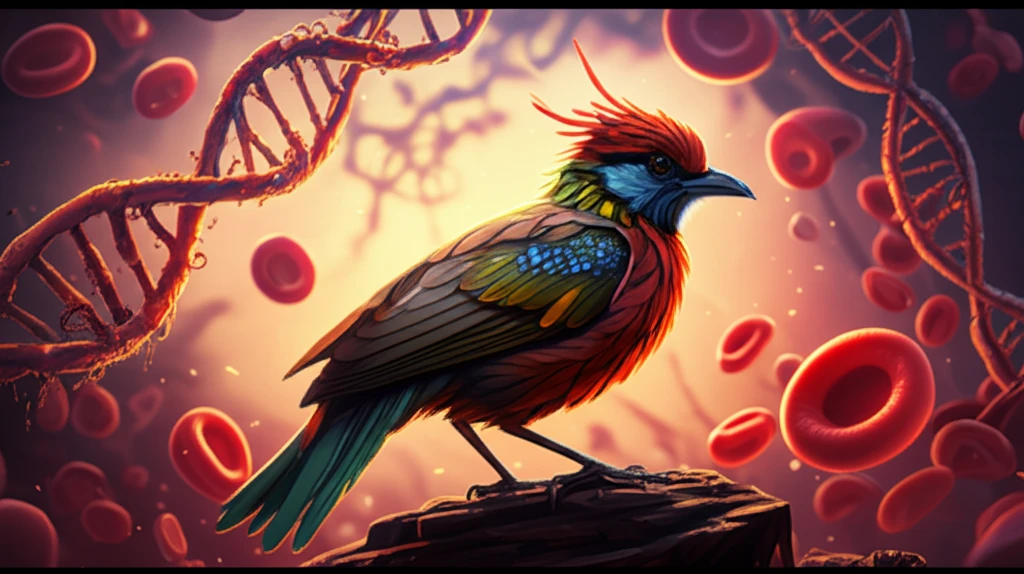
Bird Blood Mysteries: Uncovering Avian Parasites in Africa
"New research sheds light on the widespread nature and diversity of avian haemosporidia in African landbirds, revealing potential threats to bird populations and conservation efforts. Are your backyard birds at risk?"
Avian haemosporidian infections are a significant threat to wild bird populations, contributing to their decline and even extinction in some cases. These parasitic infections, transmitted by blood-sucking insects, are widespread, but their impact on Afrotropical landbirds has not been fully understood. A new study delves into the occurrence and diversity of these parasites in African landbirds, revealing crucial insights for conservation.
Previous research has shown that over 200 species of avian haemosporidian parasites exist, causing diseases like haemoproteosis and avian malaria. These infections can range from asymptomatic to severe, depending on the specific parasite lineage and the bird species affected. Factors like a bird's age, immune status, and exposure to vectors play critical roles in determining the severity of the infection.
Given these facts, a team of researchers sought to investigate the prevalence and genetic diversity of avian haemosporidia in 93 samples from 22 landbird species in South Africa and West Africa. The study aimed to identify the specific parasites present, understand their distribution, and assess the potential impact on these vulnerable bird populations.
What Did the Avian Blood Study Uncover About Avian Parasites?

The research team collected blood samples from 93 birds representing various species in South Africa and West Africa. Using advanced molecular techniques, they analyzed these samples for the presence of avian haemosporidian DNA. Cytochrome b genes, specific to these parasites, were sequenced and compared to a global database to determine the relationships between different parasite lineages.
- Significantly higher infection rates in West African birds compared to South African birds.
- Identification of three distinct clusters of parasites: Haemoproteus, Leucocytozoon, and Plasmodium.
- Discovery of eight previously published and nine new cytochrome b lineages.
- Haemoproteus sp. (VIMWE1) was the most common lineage, found in multiple bird species across both regions.
Protecting Our Feathered Friends: What's Next?
This study reinforces the importance of understanding parasite-host relationships in avian populations, especially in the face of environmental changes and habitat loss. By continuing to investigate the prevalence, diversity, and impact of avian haemosporidia, we can develop more effective strategies to protect these vital components of African ecosystems.
